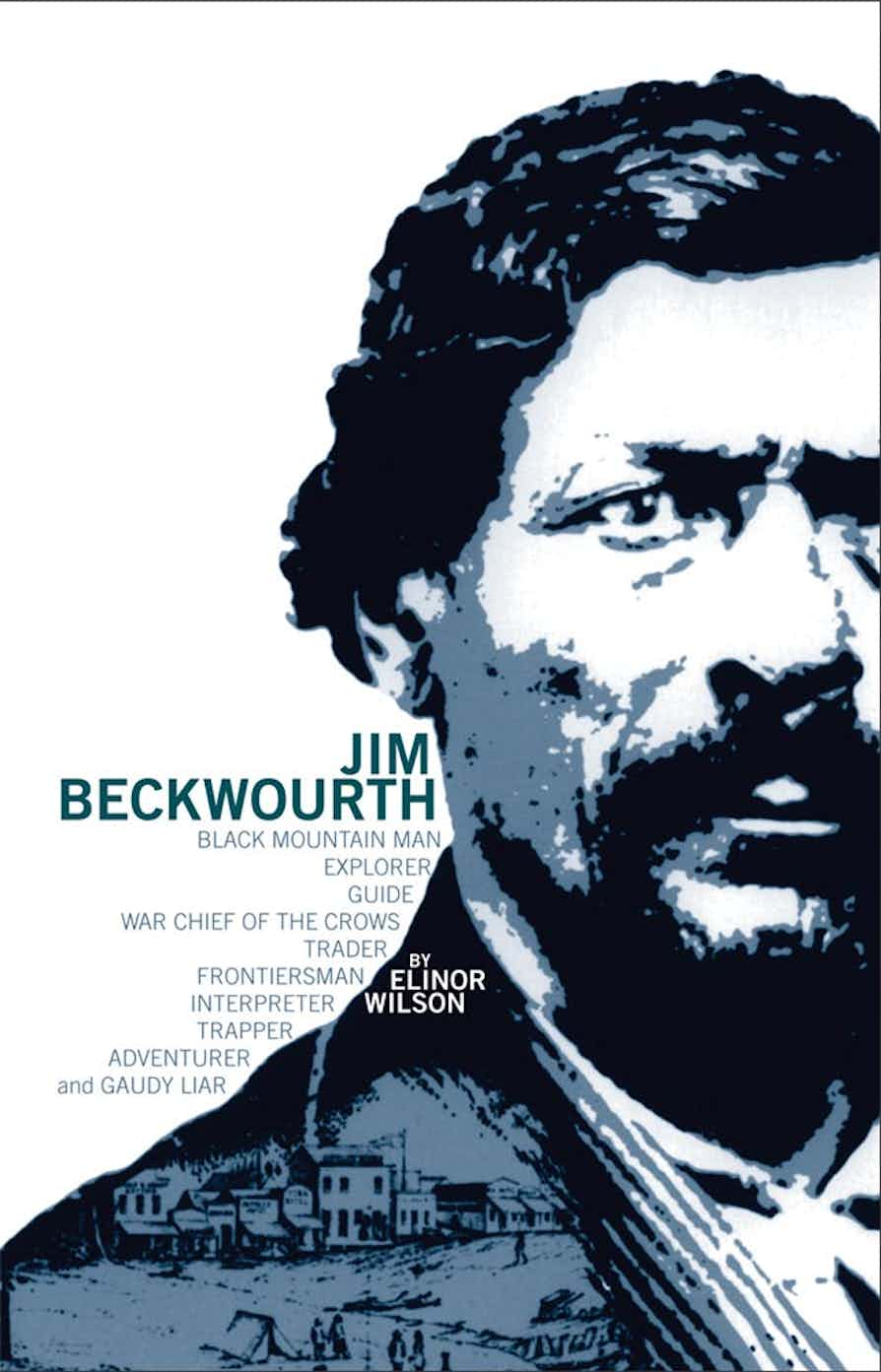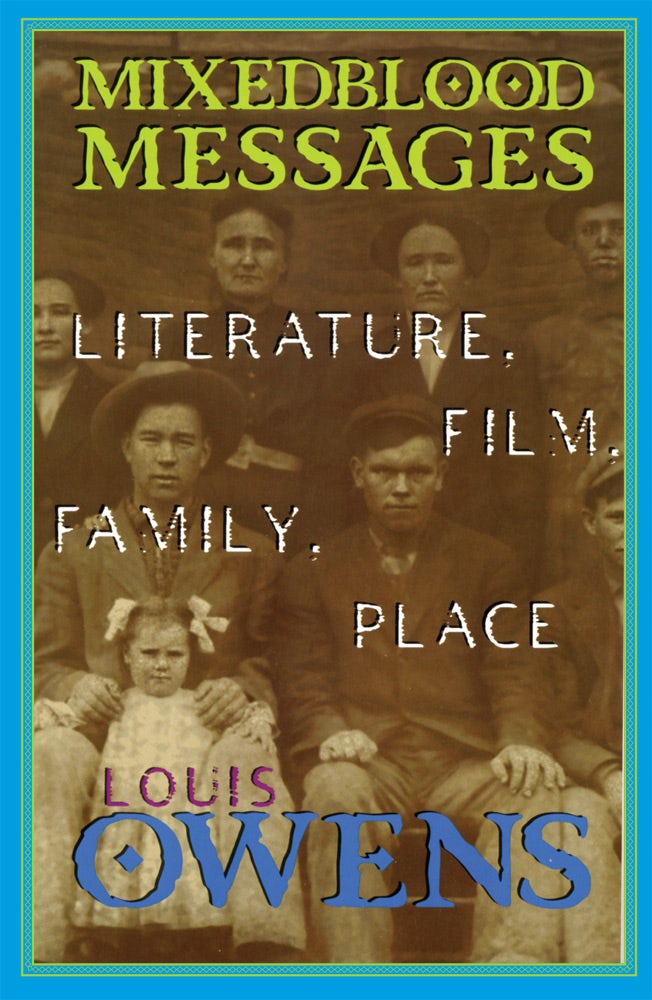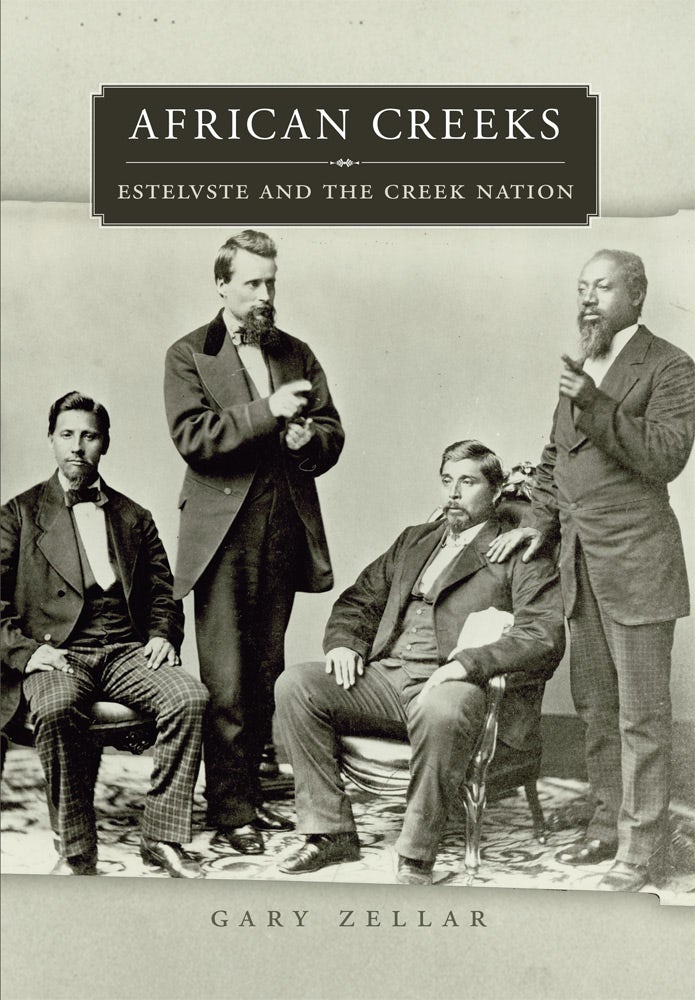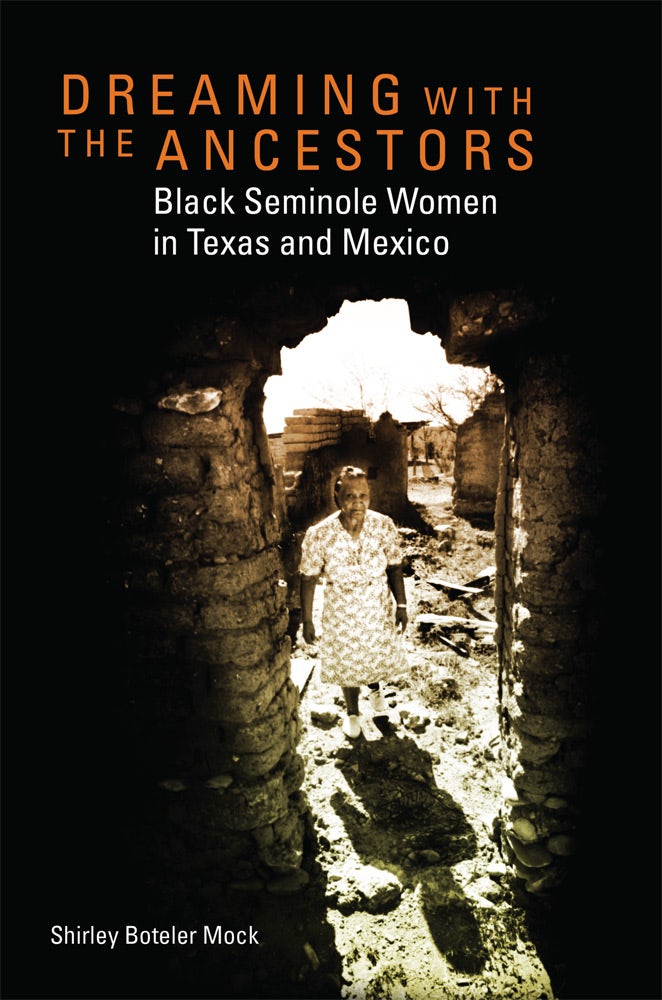Jim Beckwourth: Black Mountain Man and War Chief of the CrowsPosted in Biography, Books, Media Archive, Monographs, Native Americans/First Nation, United States on 2013-12-14 21:17Z by Steven |
Jim Beckwourth: Black Mountain Man and War Chief of the Crows
University of Oklahoma Press
1980
264 pages
5.5″ x 8.25″
Paperback ISBN: 9780806115559
Elinor Wilson
Dismissed as a “gaudy liar” by most historians and often discredited by writers who deprecated his mixed blood, James Pierson Beckwourth was one of the giants of the early West, certainly deserving to rank alongside Kit Carson, Bill Williams, Louis Vasquez, and Jim Bridger.
Sometime around 1800 James Beckwourth was born a slave in Frederick County, Virginia, the natural son of Sir Jennings Beckwith and a slave girl. In 1810 Sir Jennings moved with his family to the wilderness of St. Louis, Missouri, where Jim was educated and eventually apprenticed to a blacksmith. His father recorded a Deed of Emancipation in his name on three different occasions, sending young Jim out into the world with his blessings.
Jim Beckwourth’s apprenticeship as a fur trapper was served with General William Ashley’s grueling 1824 winter expedition to the Rocky Mountains. Except for a short stint as an army scout during the Seminole campaign, Jim spent the remainder of his long, eventful life in the West, dying among the Crow Indians whom he loved. He was fur trapper, trader, scout war chief of the Crow Nation, explorer, hotelkeeper, dispatch carrier, storekeeper, prospector, Indian agent for the Cheyennes—in short, a mountain man extraordinaire.
In his old age Beckwourth dictated an autobiography to T.D. Bonner, a man more interested in making money with Jim’s adventures than in accurately recording his life. Beckwourth was later disparaged because of the inaccuracies that crept into Bonner’s account.









